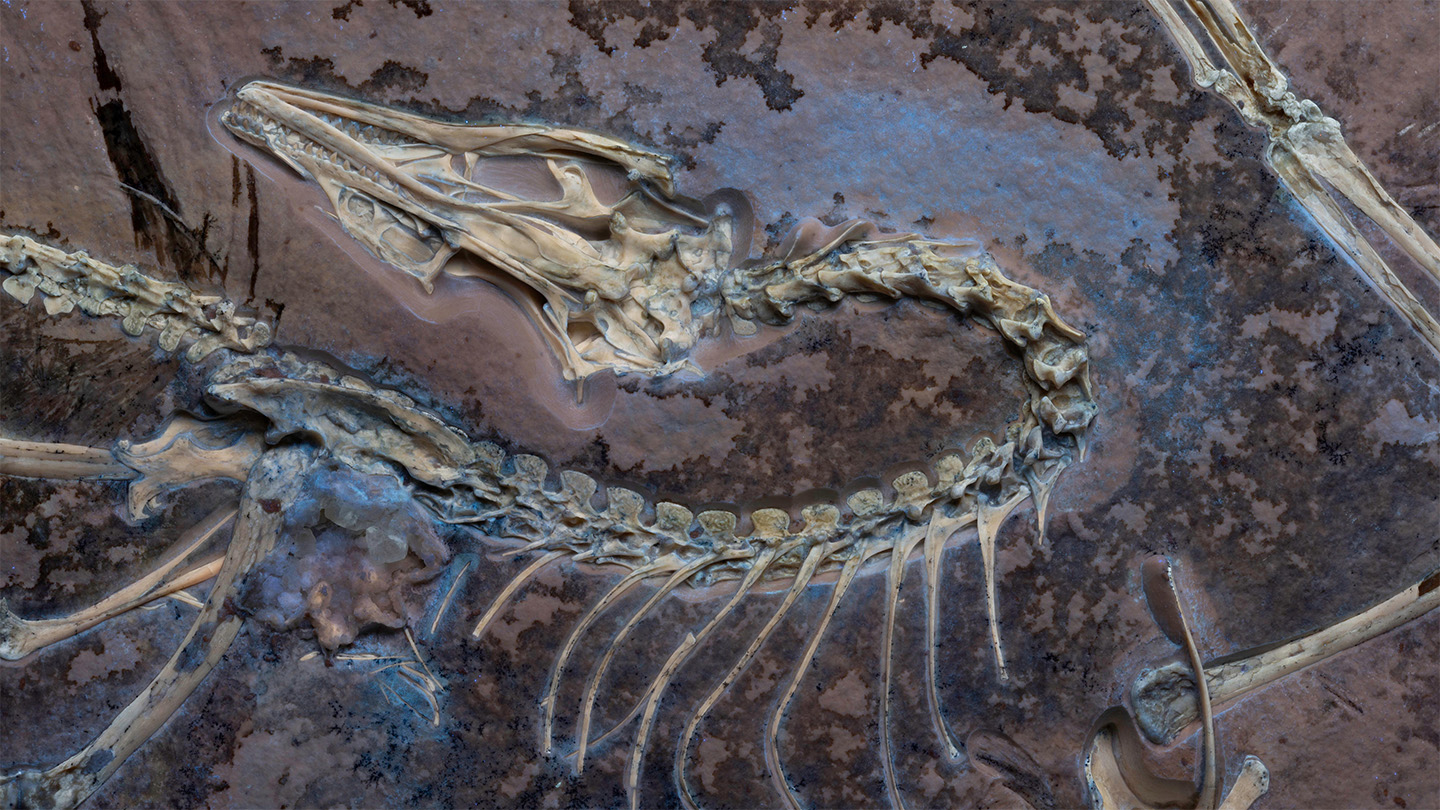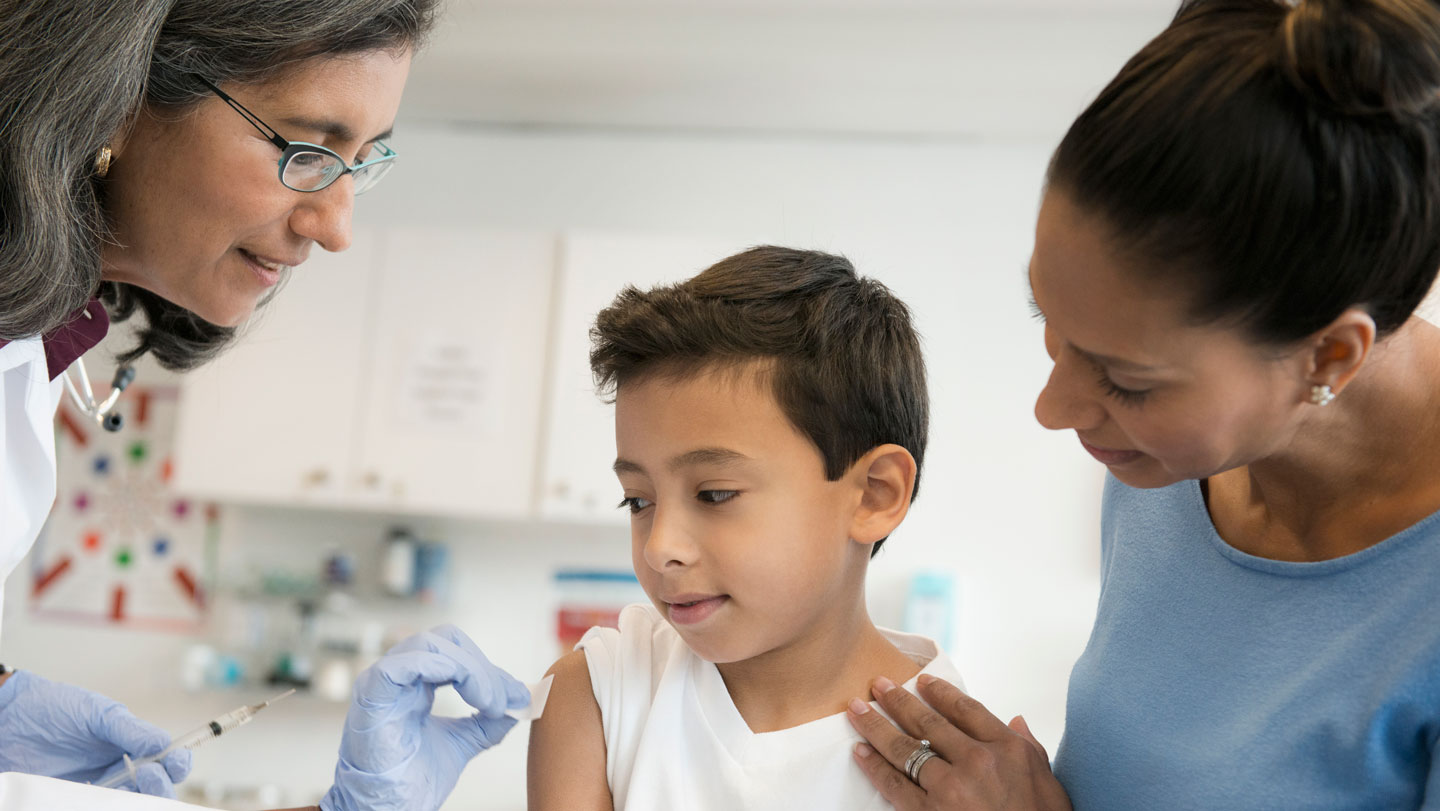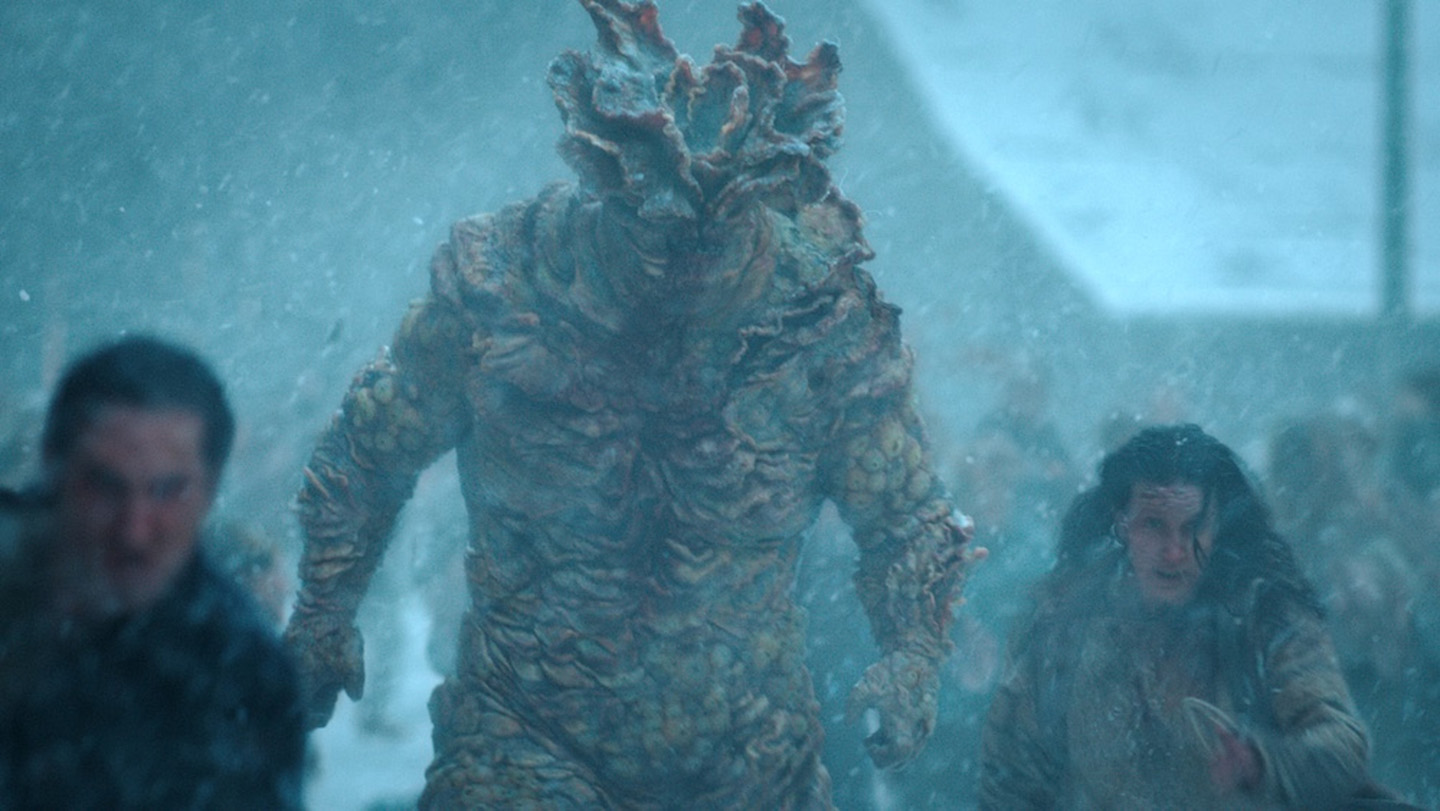For wounded chimpanzees, help sometimes comes in the form of first aid — care rendered not by humans but by other chimps.
New research reveals the nature and prevalence of these rarely witnessed events. Thirty years of observations in Uganda’s Budongo Forest reveal that chimp-administered health care — both ape-to-ape care and self-care — happens frequently there, say primatologist Elodie Freymann of the University of Oxford and colleagues. She suspects these behaviors, occasionally glimpsed outside of Budongo, are widespread among chimps.
Chimps’ healing ways also hint at the possible origins of a similar impulse in humans.
Concern for other apes’ well-being “offers evidence that some of the foundations of human medicine — recognizing suffering, applying treatments and caring for others — are not uniquely human, but part of our deep evolutionary heritage,” says Christine Webb, a primatologist at Harvard University who was not involved in the research.
From the 1990s through 2022, 34 incidents of self-care were recorded at Budongo, Freymann and colleagues report May 14 in Frontiers in Ecology and Evolution. Some were hygienic acts, like wiping with leaves after bowel movements or mating. Several others resembled first aid applied after attacks by other chimps, or being caught in human-laid snares. Licking wounds and dabbing them with leaves were the most observed acts of self-care. Some saliva and plants contain antimicrobial compounds that might prevent infection, the researchers say.
In seven other instances, a chimp helped another chimp. And the helping hand wasn’t extended just to kin but also to unrelated individuals in need.
In one extraordinary display, a male freed an unrelated female from a snare set for game, probably saving her life. Snares frequently entangle chimps in Budongo and elsewhere in Africa, Freymann says, and it’s well-documented that the apes help free each other.
“The fact that chimpanzees treat not only themselves but also others suggests a level of social awareness that is too often underestimated,” Webb says. “It hints at an empathic sensitivity that we typically reserve for our own species.”
Freymann saw that sensitivity in two young unrelated males — one pressing his lips to and licking the other’s wound — behavior that wasn’t without risk. “I thought, wow, that’s potentially dangerous for them, that’s potentially exposing him to pathogens or contagious diseases,” Freymann says. “But he’s doing it anyway. You see camaraderie … maybe they will one day be rivals, and they’re literally licking each other’s wounds,” she says.
The origins of this apparent altruism is unclear, but Freymann saw firsthand how health care behaviors might spread from ape to ape. In 2021, a chimp named Kirabo put chewed-up bark on his wounded knee, while a youngster looked on attentively. It was “an indication that the chimp is trying to socially learn something,” Freymann says. She also found an incident recorded from 2008, in which a young female named Night, observing her mother Nambi nurse a vaginal injury after a violent attack, copied the technique — applying a chewed and folded leaf to Nambi’s swollen area.
For most injured chimps in Budongo, however, a helping hand doesn’t come, Freymann says — and she doesn’t yet understand why. “If chimps sometimes know how to help others get out of snares, for example, why aren’t they helping all chimps get out?” she asks. “Why are they being selective about this care, and why do some chimps seem to warrant it, while others don’t?”










